Cloud Migration Monitoring
Cloud Monitoring Built for Hybrid Migrations
LogicMonitor unifies on-prem and cloud monitoring to accelerate modernization, delivering the insights IT teams need for a smooth, high-impact cloud migration.
LogicMonitor acquires Catchpoint, adding Internet and digital experience insight to LM Envision.

Proactively manage modern hybrid environments with predictive insights, intelligent automation, and full-stack observability.
Explore solutionsExplore our resource library for IT pros. Get expert guides, observability strategies, and real-world insights to power smarter, AI-driven operations.
Explore resourcesOur observability platform proactively delivers the insights and automation CIOs need to accelerate innovation.
About LogicMonitor

Cloud Migration Monitoring
LogicMonitor unifies on-prem and cloud monitoring to accelerate modernization, delivering the insights IT teams need for a smooth, high-impact cloud migration.
LogicMonitor connects metrics, logs, and systems across on-prem and cloud to help you control spend, optimize performance, and accelerate decision-making.
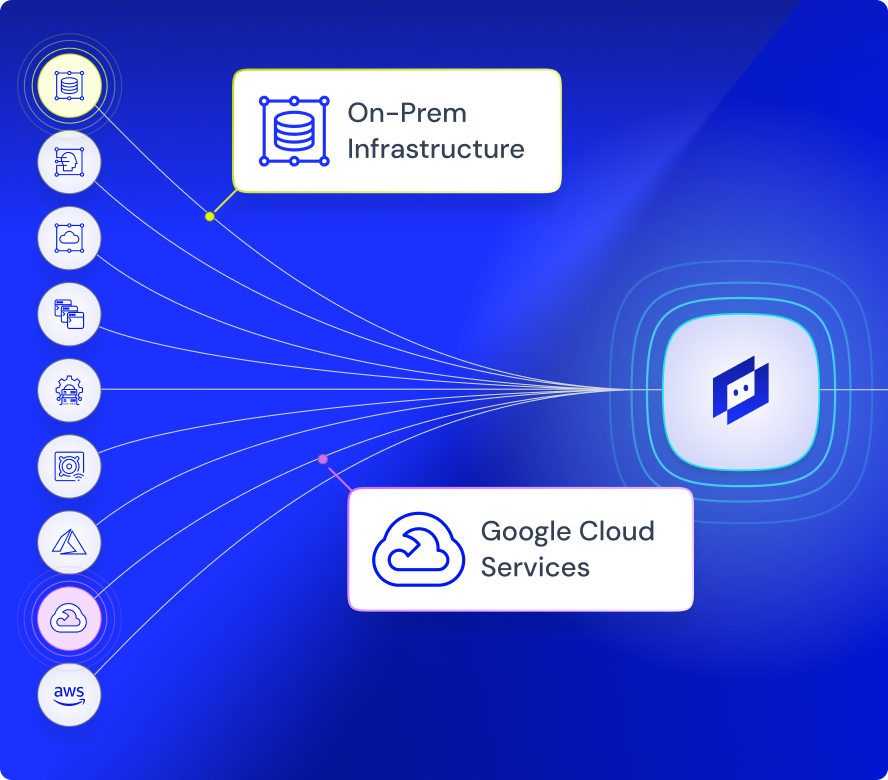
90%
Less alert noiseGain end-to-end visibility across your hybrid cloud with LogicMonitor
Cloud platforms make it easier to keep pace with shifting customer needs and business priorities. Instead of waiting on hardware procurement or long deployment cycles, your teams can spin up environments on demand, scaling up or down as needed, without the friction. That means faster launches, streamlined operations, and more room to innovate.
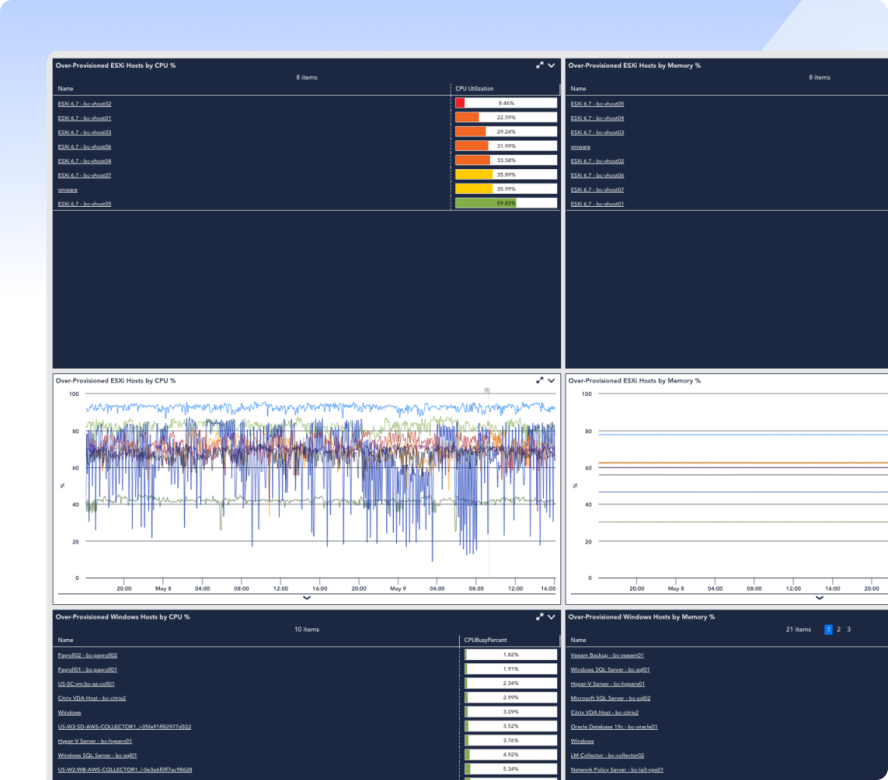
Cloud migration helps eliminate the capital and operational expenses tied to on-prem infrastructure. By shifting workloads to the cloud, you can consolidate data centers, reduce your physical footprint, and avoid major investments in hardware, facilities, and headcount, freeing up budget for strategic priorities that move the business forward.
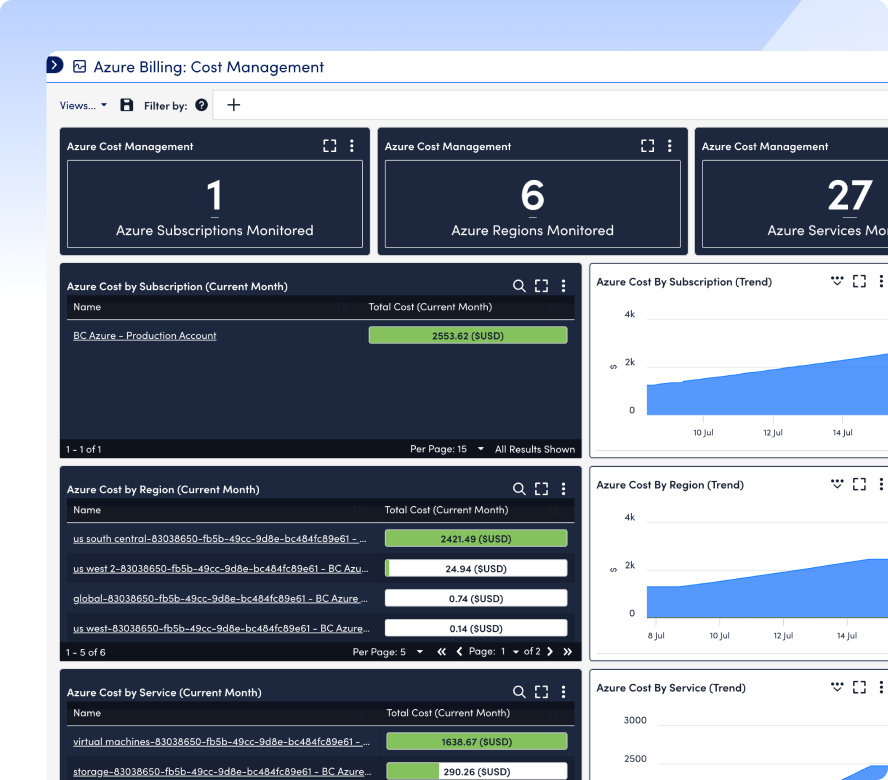
Hybrid environments are the norm during migration, and they’re tough to monitor. LogicMonitor Envision unifies observability across legacy systems, cloud platforms, and everything in between. You get full visibility from day one to migrate with confidence and simplify operations post-move.
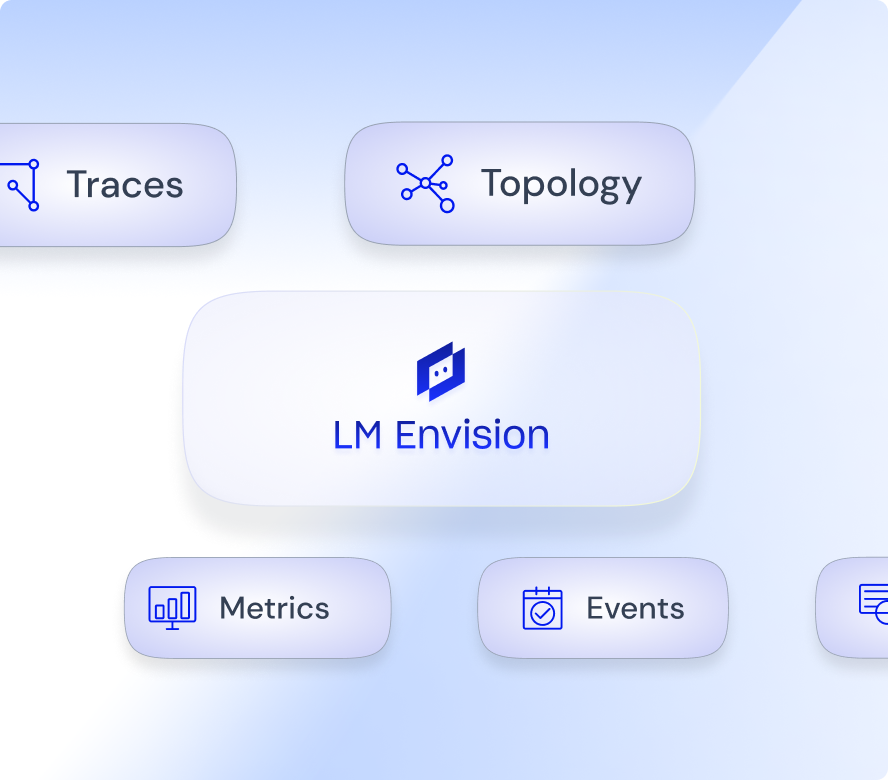
Cloud migrations add complexity, and more things can break. LogicMonitor’s AIOps capabilities detect anomalies, correlate alerts, and flag risks early so you can fix issues before they impact users, surfacing issues before they impact performance. The result is fewer outages, faster resolutions, and more resilient infrastructure during every phase of your migration.
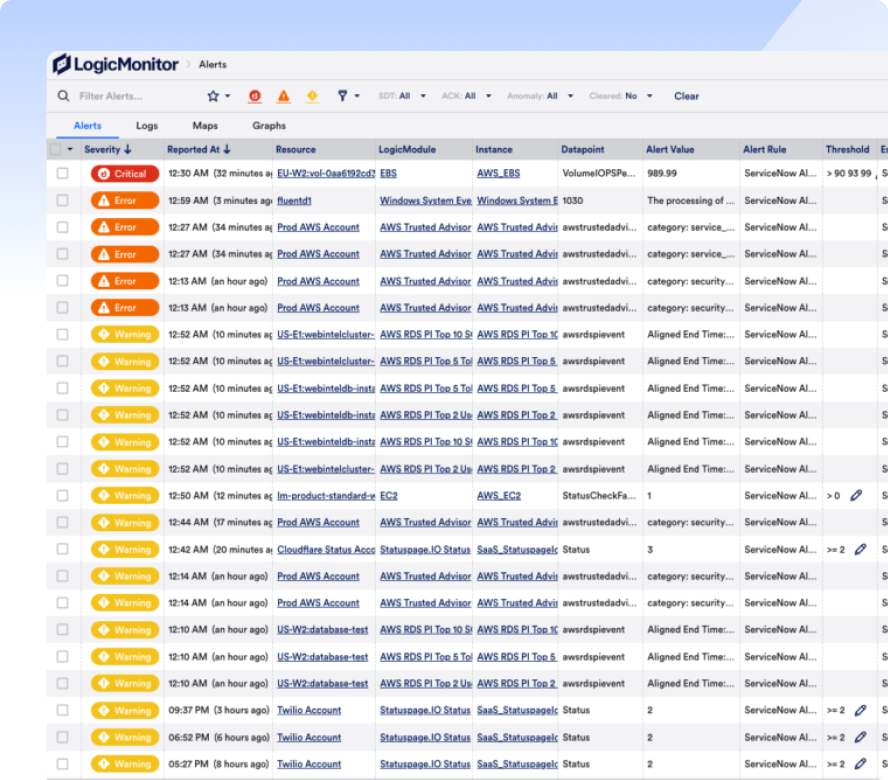
Modern environments demand modern observability. LM Envision gives visibility into dynamic Kubernetes deployments, whether you’re scaling containers across cloud-native infrastructure or orchestrating ephemeral resources. Our platform adapts in real time, helping you monitor your performance, maintain uptime, and optimize resource usage as your environment evolves.
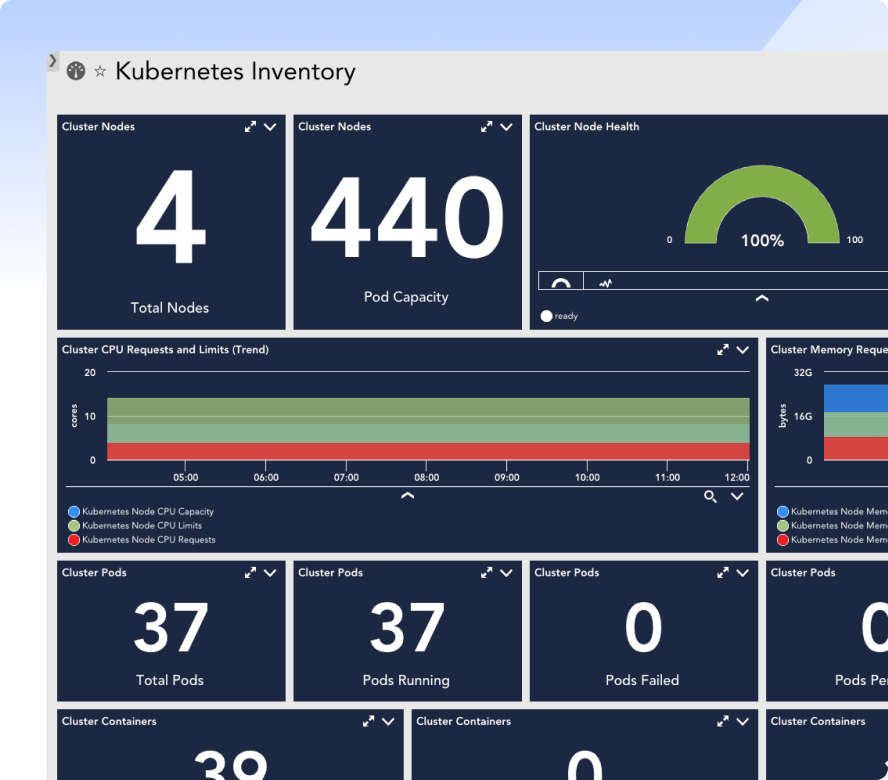
Migrations can trigger a flood of alerts, but not all of them matter. Our platform’s AI agent for ITOps, Edwin AI, helps your team focus on what’s urgent, surfaces likely root causes, and recommends next steps. With faster, smarter responses, your team can keep moving without getting stuck in the noise.
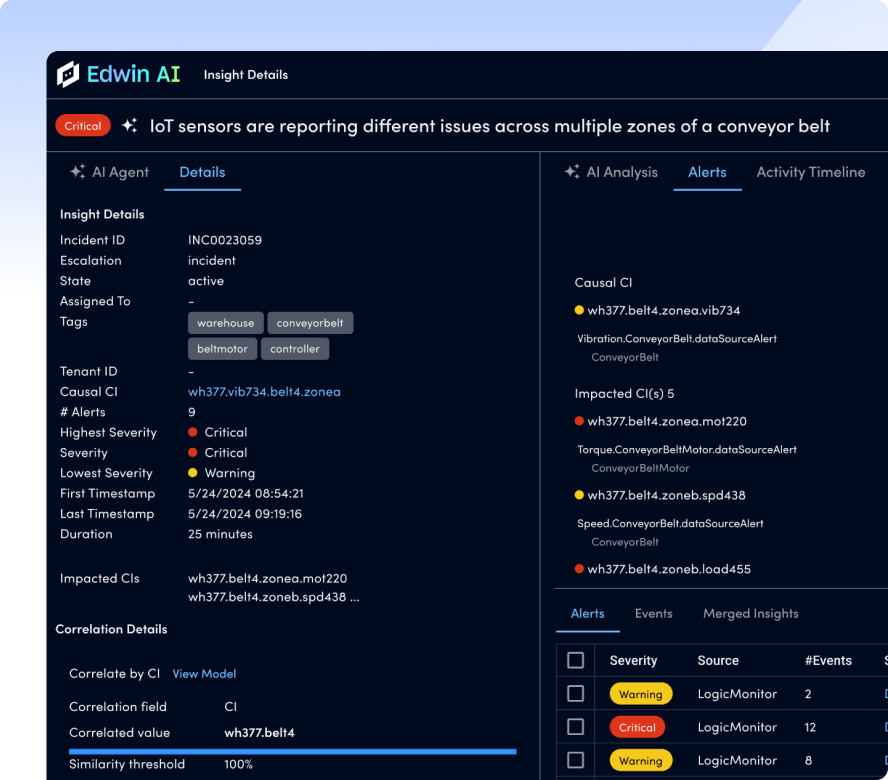

Case Study
Sensirion dramatically freed up resources, consolidated core functions, and simplified operations–all while reducing annual incidents by 90%

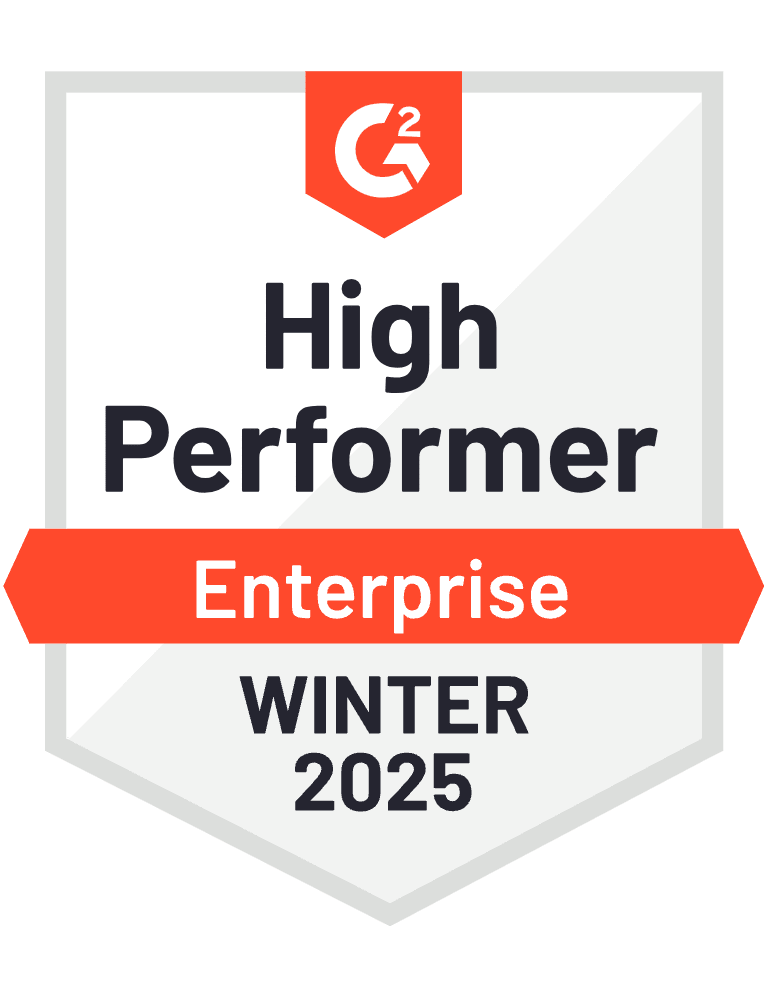


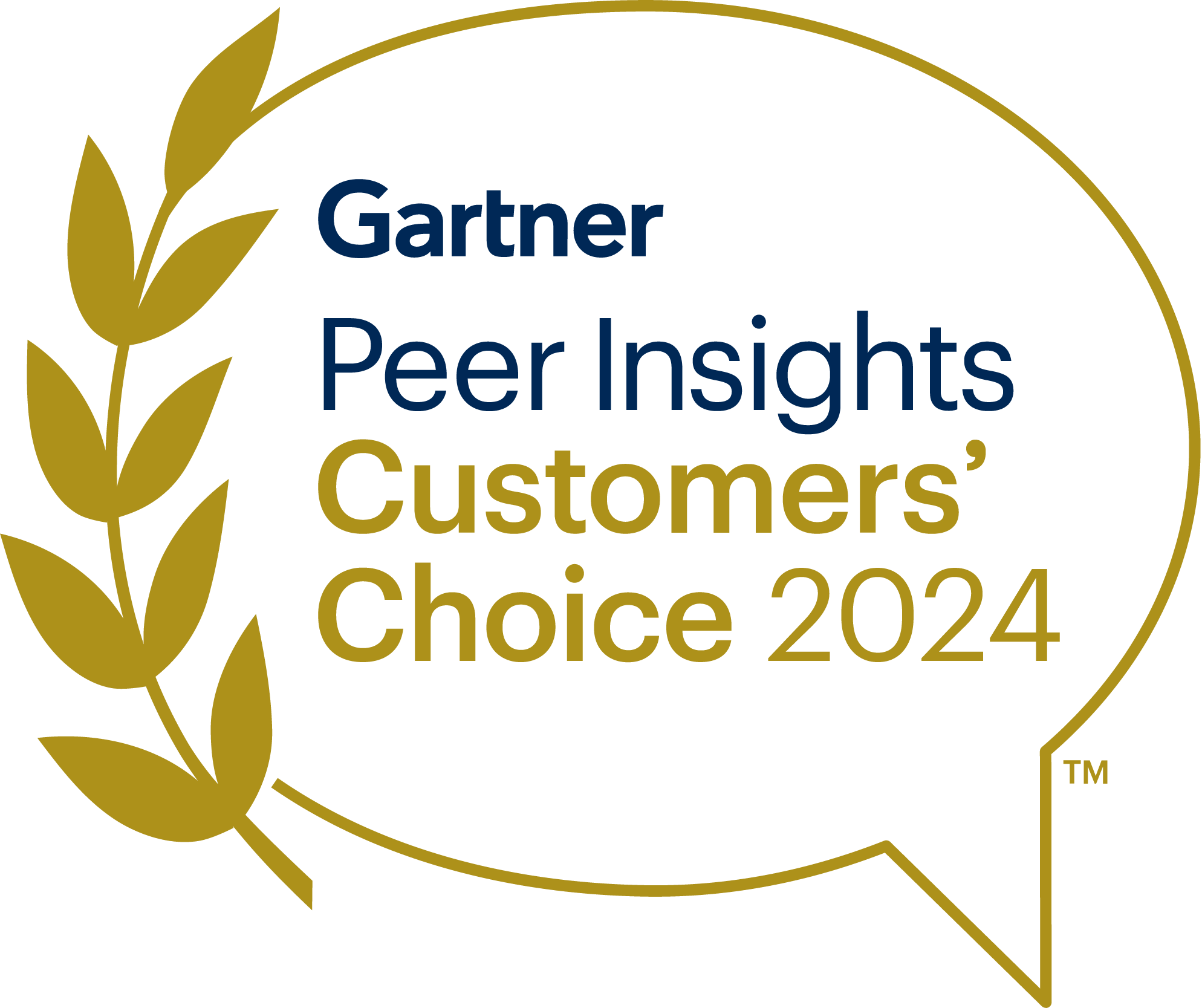
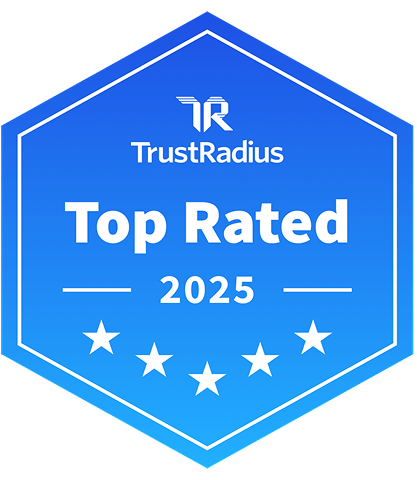
Contact Us
Our experts are ready to help, whether you’re exploring AI-powered observability or are ready to optimize your hybrid environment.
RESOURCES
See only what you need, right when you need it. Immediate actionable alerts with our dynamic topology and out-of-the-box AIOps capabilities.
